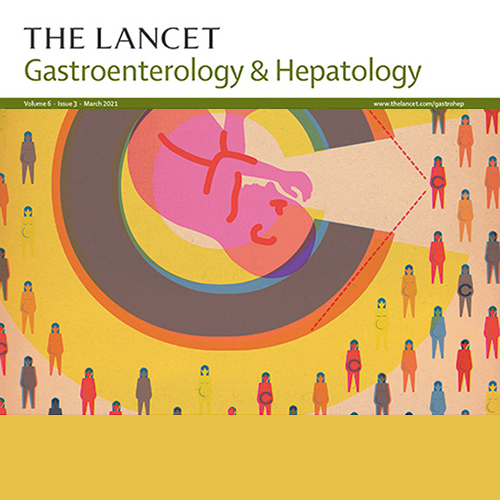Summary
Background
Treatment for infection with hepatitis C virus (HCV) during pregnancy has not yet been approved; however, interventions specifically targeting women, especially those of childbearing age (15–49 years), could prevent vertical transmission and community spread. To assess the impact of such interventions, improved prevalence estimates in this group are needed. We aimed to estimate the global prevalence of viraemic HCV in 2019 among women of childbearing age.
Methods
In this modelling study, we used previously developed models for 110 countries inputted with country- specific demographic and HCV epidemiology data. We did a literature review, searching PubMed, Embase, and grey literature for studies published between Jan 1, 2000, and June 30, 2018, reporting HCV antibody or viraemic prevalence in women of childbearing age. Studies from the literature review and studies in models were compared by use of a data quality scoring system and models were updated, as appropriate, when a better study was identified. We used these HCV disease burden models to calculate the 2019 prevalence of viraemic HCV in women of childbearing age. In countries without a model, prevalence was extrapolated by Global Burden of Disease (GBD) region.
Findings
An estimated 14 860 000 (95% uncertainty interval [UI] 9 667 000–18 282 000) women aged 15–49 years had HCV infection worldwide in 2019, corresponding to a viraemic prevalence of 0·78% (95% UI 0·62–0·86). Globally, HCV prevalence increased with age, rising from 0·25% (95% UI 0·20–0·27) in women aged 15–19 years to 1·21% (0·97–1·34) in women aged 45–49 years. China (16% of total infections) and Pakistan (15%) had the greatest numbers of viraemic infections, but viraemic prevalence was highest in Mongolia (5·14%, 95% CI 3·46–6·28) and Burundi (4·91%, 3·80–18·75). Of the countries with 500 cases or more, viraemic prevalence was lowest in Chile (0·07%, 95% UI 0·04–0·12). Among the GBD regions, eastern Europe had the highest viraemic prevalence (3·39%, 95% UI 1·88–3·54). By WHO region, the Eastern Mediterranean region had the highest viraemic prevalence (1·75%, 95% UI 1·26– 1·90).
Interpretation
Most research on HCV disease burden among women aged 15–49 years focuses on pregnant women. Using modelling, this analysis provides global and national estimates of HCV prevalence in all women of childbearing age. These data can inform preconception test-and-treat strategies to reduce vertical transmission and total disease burden.

